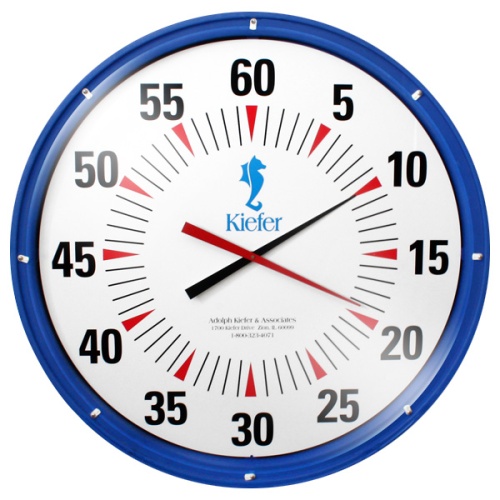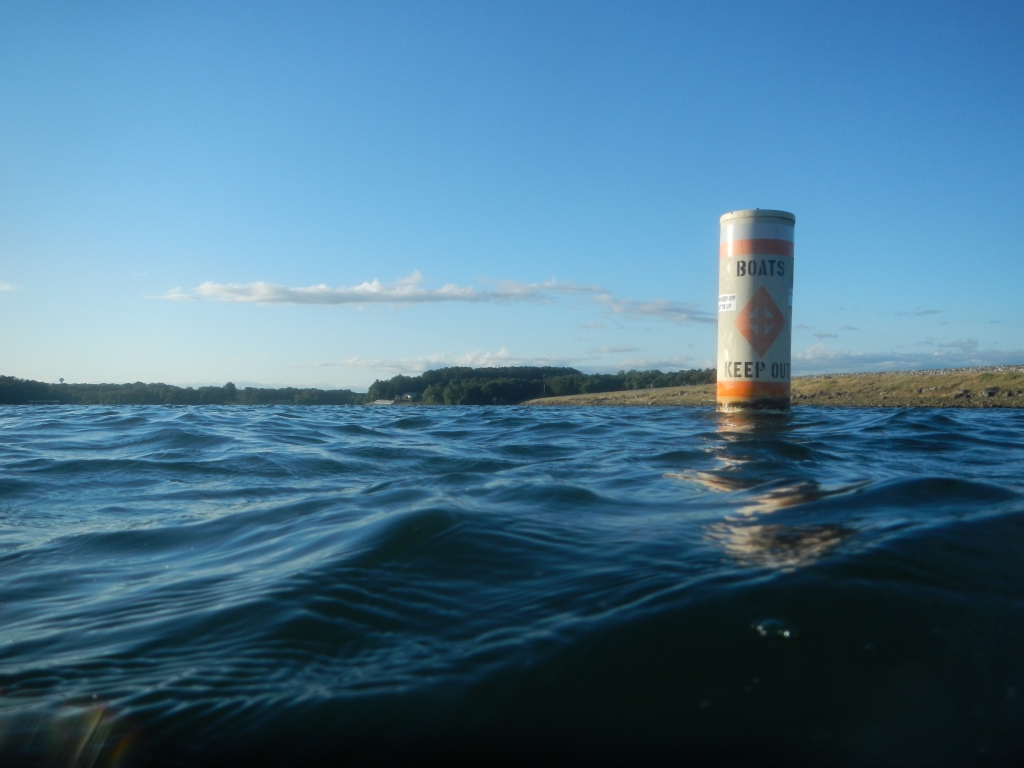Every once in a while I come upon an article about how swimming is a great sport for introverts. Here’s the latest one: 5 Of The Best Competitive Sports For Introverts. And every time I do, my first thought is the same: this author has never heard of Ryan Lochte.
It’s not that swimming is a bad sport for introverts. But I think those who believe swimming is for just for introverts have confused the experience of swimming in a race with the experience of swim practice. Goodness knows, if the only thing you know about swimming is that you race in a lane by yourself, you might think that it is a sport for people who want to work alone. You are by yourself for the few minutes (if you are Katie Ledecky breaking the world record in the 1500 M, 15:25.48 glorious minutes) it takes to swim a race.
But most of a swimmer’s life is not competition — it’s training. And at any team swim practice, lanes are full, with several people in each lane, jockeying for space.

At a summer league team practice, children are on top of each other like puppies in a pile. But I’ve been in plenty of adult lap swims that were crowded and chaotic; you’re nearly naked with a bunch of people in a 2.5 meter wide lane. If you’re on a team, you know them all, and you’re with them for hours and hours, day after day. You swim together.
(Do the swimmers in this video seem introverted to you? Lochte appears at 1:00, blowing a kiss.)
Swimming together involves plenty of social interaction, even in uncrowded pools. The other day I swam with one man at my summer outdoor pool. We did a set of 12 x 200. Each 200 is “broken,” like this:
- 100 m, rest 10 seconds
- 50 m, rest 5 seconds
- 50 m
As we swam the set, we talked. We talked about where I had been swimming (Westside Aquatic Center), where he had been swimming (the Y), and the advantages of each. We talked about what time each of us had entered for the race we’re swimming later in August (26 min/mile), whether that was a reasonable time (probably), and the differences between swimming in a pool and swimming in a lake. We were racing when we were swimming, but we had 30-plus seconds rest time between each 200, and at every break we picked up our conversation where we left off. It wasn’t a deep conversation. We were just chatting. It’s what you do when you swim together.
Swimming, of course, is the sport you don’t practice by yourself. The pools around here usually have a list of rules posted, and number one is always, “There should be no solo swimming.” You can practice free throws or run sprints or kick a ball against a wall all by your lonesome, but you never swim alone.

Here’s what I think: it’s not that swimming is especially good for introverts; it’s that swimming is good for people who don’t see well. I don’t enjoy ball-oriented sports, for example, not because I don’t like working with other people, but because I’m very nearsighted and my depth perception is lousy (Please don’t throw me the ball. I can’t see it. I DON’T WANT IT). But that’s not so much of a problem for a swimmer; as long as I can see the wall or the next buoy, that’s good enough.
And I can see well enough to recognize a friend coming onto the deck looking for a lane and to ask, “Do you want to share?” Because that’s what swimmers do — we swim with friends. Introverts, extroverts, we take all kinds.

















